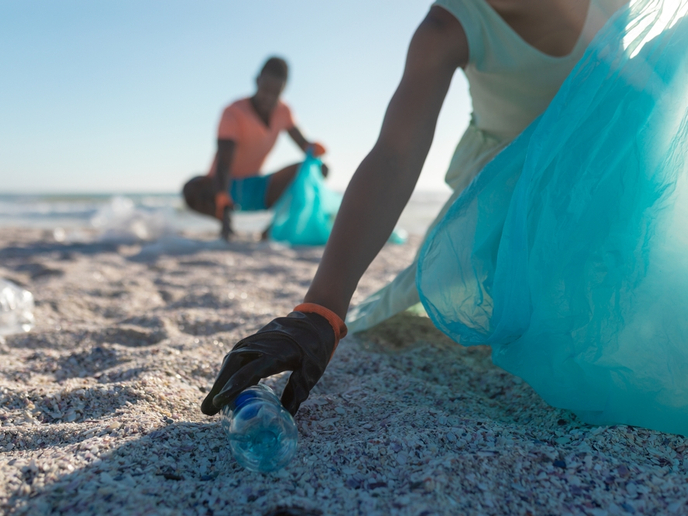Sustainable wastewater treatments
India is facing a water crisis, particularly concerning untreated wastewater pollution of natural waterways. The situation will only worsen under climate change and increasing population, but new wastewater treatment technologies or practices could mitigate such pressures. The EU-funded SWINGS (Safeguarding water resources in India with green and sustainable technologies) project was intended to develop the necessary measures. The goals included low-cost water reuse and treatment technologies, including anaerobic digestion and constructed wetlands. Such technologies, to be used in combination, require zero energy and are hence considered sustainable. The two technologies were to be complemented with low-cost solar disinfection units. The consortium suffered setbacks due to delays in receiving funds from the Indian government, intended for the pilot plants. The situation required modification to the project's goals, and also delayed the schedule. However, the project did successfully design, build and implement the anaerobic system, horizontal and vertical constructed wetlands, plus solar disinfection systems. The team completed five small and large pilot treatment plants. The large wastewater treatment plant is showed in the following picture. The systems were designed to achieve a biochemical oxygen demand (BOD) of 80-90 %, chemical oxygen demand (COD) of 70-80 %, and removal of nitrogen and phosphorous nutrients of 40-60 %. The treatment rate may be up to 1 000 litres per hour. Project work also produced a decision-support system, intended to help with selection and optimisation of treatment options, plus a sustainable pathogen monitoring technique. SWINGS outcomes will help India treat much more wastewater than it does at present, improving both the natural environment and human health. India will offer a very strong market for the new technologies, with the EU representing a lesser but still substantial market.
Keywords
Wastewater treatment, treatment technologies, India, sustainable technologies, constructed wetlands, disinfection







